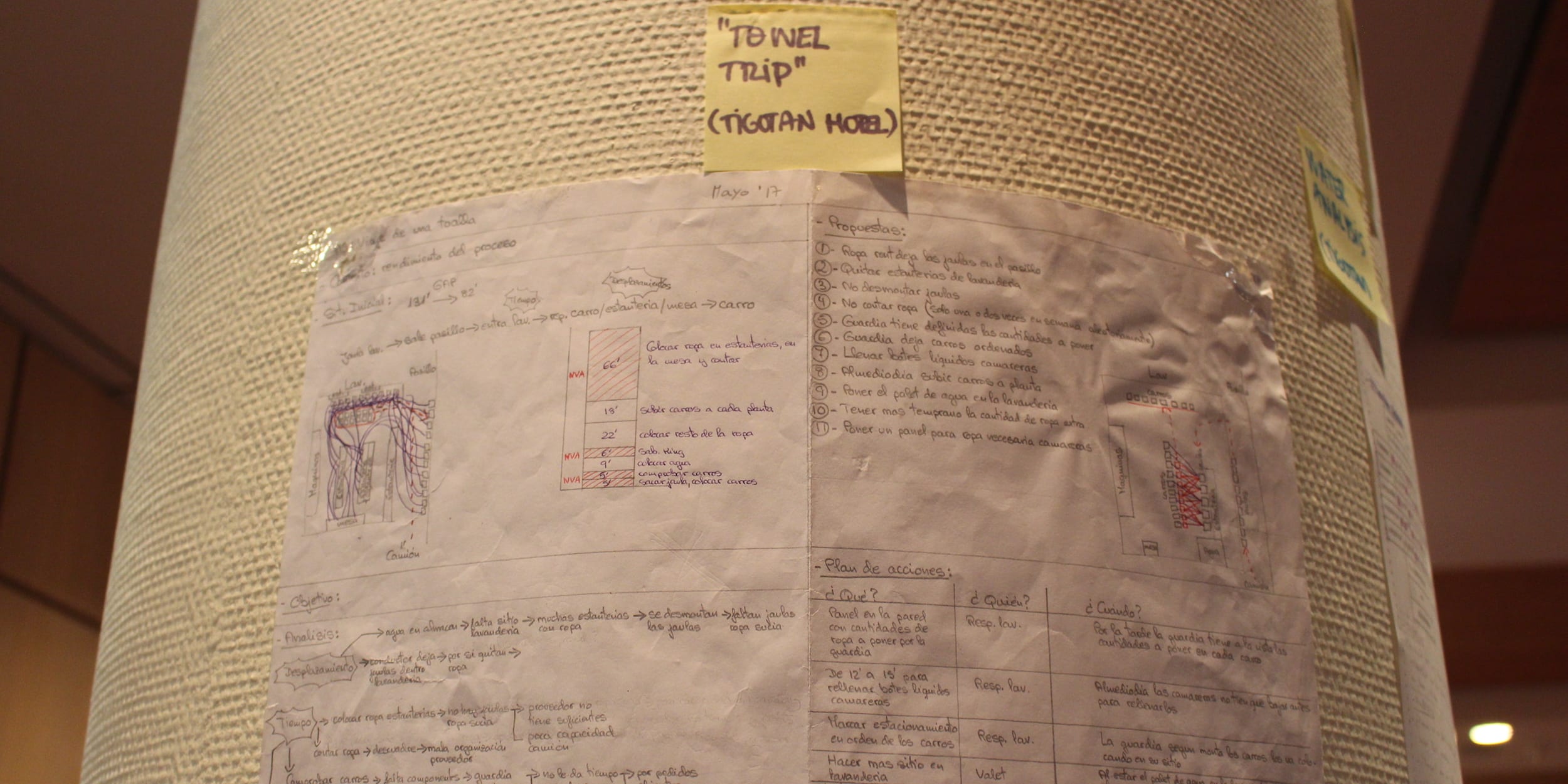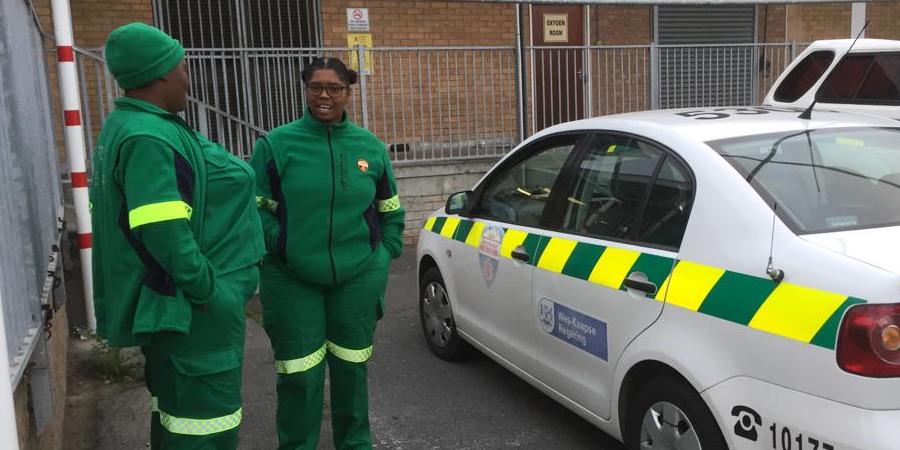
Lean as a path
FEATURE – The author describes Lean Thinking as a path of discovery and explains why attempts to define it “once and for all” are destined to fail.
Words: Daniel T Jones
In a recent article, Torbjørn Netland went back to the question ‘What is Lean?’ (Thanks, Torbjørn, for a thought-provoking piece.) Over the years, I have tried several times to answer this question in my talks, articles, and videos. Now that I have escaped the anxieties of Covid by flying to our house in Crete, I have a clear head to do so again.
While it is important to define what you mean by lean at any point, I now think attempts to define lean once and for all are mistaken. Disputes about ‘my lean’ versus ‘your lean’ are rarely productive (particularly with consultants keen to distinguish their offering from others). They simply reflect where people are on their journey to understanding lean, which will change over time as they learn more about it.
Indeed, I am increasingly of the view that lean itself is a path of discovery, rather than a state to be defined or a model to be copied. This path is all about learning through doing, practice and reflection, guided by someone further down this path – much like learning a musical instrument or martial arts from a Sensei. To really know something is to be able to teach it to others: in this case, the Sensei or teacher uses skillful questioning to help the student to come to understand the use of the scientific method in addressing a specific situation, task or problem.
A network of teacher/student relationships at all levels in the organization builds a shared decision-making language and approach. The Sensei defines the path through his or her questioning. And the path is focused on what is learnt as well as the results (do the proposed countermeasures work for customers, users and the rest of the organization?). This explicit focus on the path of learning is most evident at Toyota.
Most obviously, lean is a path of personal development in understanding the experience of work in complex systems. Few of us are craftsmen and women in control of every aspect of our work, and too many are still disposable cogs in Charlie Chaplin’s mass production machines, told to leave their brains at home in the morning. Complex, interdependent systems present new challenges. Our experience tells us that human decision-making is essential for them to be effective in changing circumstances. Relying on automation and big data alone is a mistake.
The familiar lean tools are not simply to be applied to solve a problem but are in fact different ways of thinking about work itself. They help us find how to learn to perform our work to the very best of our abilities. They show how the context of this work needs to be organized for us to do so. And they give us direct feedback on how effectively we help end-users to meet their needs and how we help the next “customer” in the value-creation process to do their work.
But lean is also what I would call a path of social development, most directly in learning to work together in teams and projects. Bringing different perspectives together requires a common language and approach. To see the progress of the work, to find and define problems and opportunities for improvement, to conduct experiments with proposed countermeasures and to reflect, respond and share what has been learnt. Within a visual context that builds on this learning and a chain of help to escalate and trigger the necessary support.
Lean is also a path of leadership development, to find the future direction from close observation of how the organization creates value today and how user needs are changing. Then to create a dialogue and elicit proposals from across the organization to respond to these challenges, and to support the development of the necessary capabilities to carry them out. Over time, this means building a learning organization that can meet future challenges faster than the competition.
I have come to think lean is also a path for developing judgement on how to engage with and respond to the major issues of our time. Where to invest financial resources, how to build healthy social communities and how to address the existential challenges of climate change. And critically how we use digital communications and Artificial Intelligence as enablers to meet these challenges rather than as a new form of social control.
Thirty years of practice addressing questions thrown up by lean and watching others on their lean paths convinces me that you only really experience how lean changes the way you think and act by practicing lean yourself and with others. The rigorous discipline of experimenting with alternative countermeasures often throws up counter-intuitive answers and reveals the next set of questions. Each cycle deepens your experience of using the scientific method in analyzing the work to be done.
Rather than using secondary research to define lean as a set of tools that work in all settings, the focus should be on the capabilities developed by using a common problem-solving method to answer a series of specific questions in specific contexts. This must be accompanied by analysis of what it takes to translate these capabilities into business results.
It is not surprising that expert-led “do-it-to-you” approaches miss the point of lean and that consultant-led “do-it-for-me” approaches often do not lead to lasting results. Experience shows that direct capability development must be led from the top and embedded in a management system that supports it. Where lean is led from the top, often with the support of an experienced Sensei, the results are impressive and lasting.
THE AUTHOR

Read more


CASE STUDY – Clinical trials are known for their rigorous analysis and approval process. The experience of Roche Brasil teaches us what lean and agile thinking can do to speed it up.


INTERVIEW – An American group of restaurants is experimenting with the application of lean thinking in its kitchens and dining areas. Planet Lean had a word with the chefs to see what’s cooking.


VIDEO – The director of a hotel in Tenerife explains the first steps the team is taking to develop a lean daily management system, and how this connects to the organization's hoshin.


FEATURE – Only when we go where the action is, do we begin to truly understand the work. Rose Heathcote joins the Emergency Medical Services in Cape Town for a day.

